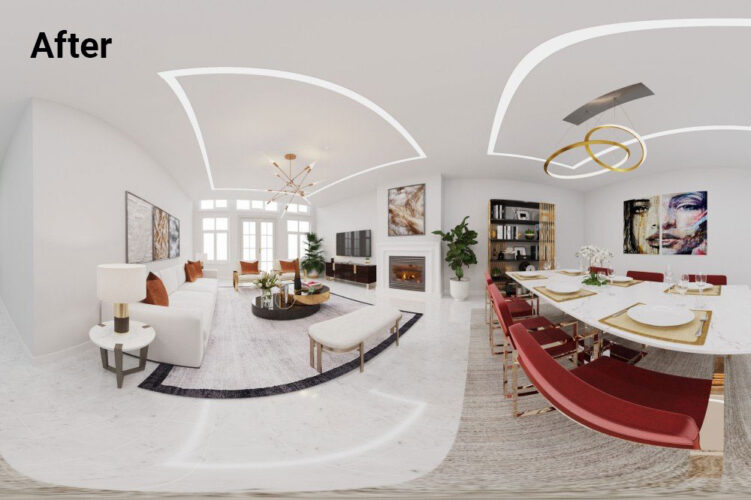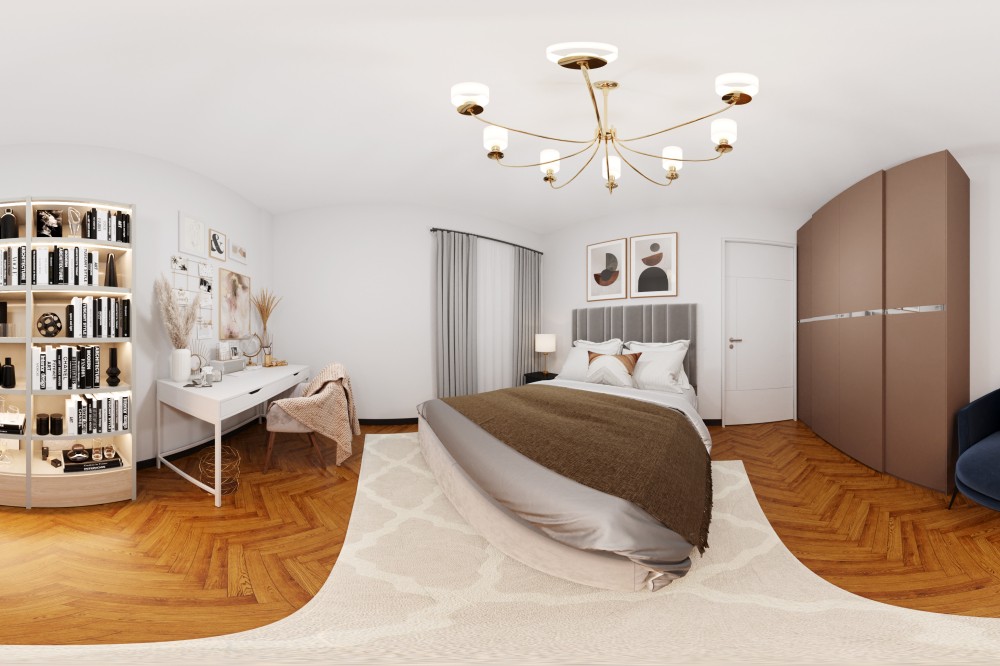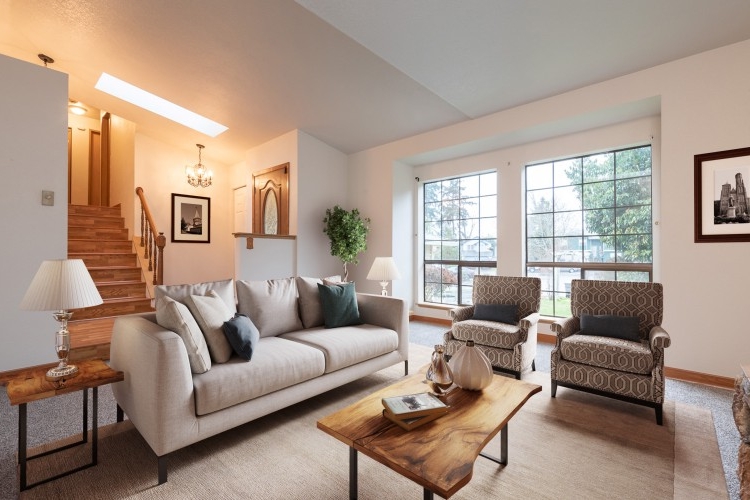HOW TO SHOOT INTERIOR ARCHITECTURE PHOTOGRAPHY
What is interior architecture photography?
Interior Architecture Photography aims to take images of real estate that emphasize the interior structure and design of a building. While residential and commercial interior photography emphasize the features that compose a home, architectural photography focuses on the structure and design of buildings of the home. Interior architectural photography combines these two styles of photography and focuses on capturing the unique detail that embodies the structure of the home.
Shooting Like a Professional
A professional photographer enters a shoot with a formula and intention of the best shots in mind for shooting real estate properties. Real estate agents want images that show an atmosphere of a home for future clients while also emphasizing the integrity of the home. When highlighting real estate architecture, the photographer should focus primarily on how to emphasize texture, layers, and exceptional features within a space.
The details of a home are significant but in interior architecture photography, the photographer should focus on the architecture of the space. The following are interior architecture tips for photography:
Styling
What type of architectural style is the space?
In the same way that each room should have a different approach for a photographer, different architectural styles call for different approaches as well. An experienced interior architecture photographer may find themselves in a variety of styles and scenarios of architecture; creating a plan and understanding the different types of architecture can only make the photographer more successful. Here are three different types of architecture and how to shoot interior architectural photography in different styles:
-
Modern Architecture
Modern Architecture is a style of architecture that focuses on the functionalism of a space and how a property can permit ease in flow across rooms and borders. Modern architecture depends heavily on a style that emphasizes clean lines through simplicity and glass structures.
Fortunately, lines are a real estate photographer‘s best friend. Images taken of a home with modern architecture should reinforce the simplicity and functionality of a design. The indoor architecture photography of a modern architecture home should be a comfort to the camera lens with the distinct lines and tasteful features of modernity.
-
Victorian Architecture
Victorian Architecture focuses on ornate designs with intricately designed woodwork influenced by gothic architecture. The intricacies of victorian architecture have the potential to be overwhelming under the looming lens of a camera. An interior architecture photographer should aim to work with the angles of intricacy to showcase the distinct designs without creating a feeling of clutter within the image.
-
Art Deco
Art Deco architecture is characterized by linear geometric structures and ornamented designs. As art deco already possesses lots of interesting depth in its architecture, the photographer should focus on maintaining simplicity in angles so as not to overwhelm the eye. A photographer should still be creative in shooting art deco but, they should be cautious in overstepping into chaotic territory.
Vignettes
Vignettes are the featured image of a real estate photo shoot. The vignette is something that could be used as the image at the center of a photographer’s portfolio and the featured image on a property listing. Vignettes are photos that give buyers the ability to visualize the style and detail that can be put into a home through means of a creatively shot and styled image. Vignettes, in collaboration with architectural design, work together to feature the character of a home.
An example of a vignette that works in cooperation with the architecture of a property would be an image that showcases the intricate moulding of a ceiling as it parallels the texture of artfully decorated furnishing. A quality vignette allows for interior design and architecture to be interwoven tastefully and in an appealing way.
Layering and Depth
The way that people experience life is not within a 2D frame of mind. In photography, the photographer must fight the restrictions of a two-dimensional world to make a photograph appealing. Depth within an image is what makes the picture interesting.
There are three layers of depth within a picture: the foreground, the middle ground, and the background. These layers give the photographer a chance to eliminate the flatness of a two-dimensional world by giving texture and body to a picture. Working with different lenses gives the opportunity to understand depth through different creative scopes. As always, it is essential for the photographer to eliminate as much distortion as possible.
Lines are a simple way of experimenting with the depth within an image. The lines that are in a photo serve as a guide to where the eye should look. Lines can be used as directional tools for the person viewing the image.
Elements added to the foreground of an image can also be a way to provide an immersive photo. The use of a corner of a wall or a delicate bowl in the foreground of an image provides a movement to an image. These elements aid to connect the person viewing the photo with the elements within the photo.
Technical Aspects: Level, Width, Tripod
Level of Shot
The level of the shot is key in architecture and displaying the room layouts. The height of the shot can show the lines and features of a room. Creating levels within rooms aids in providing a since of depth to the person viewing the image.
Use a Tripod
As always a tripod will do everything for your picture to avoid distortion and blur. Tripods give the opportunity for crisper and sharper images that give the photographer ample time to focus on capturing the integrity of the photography.
One or Two Walls
The unique structures within indoor architecture photography are going to be best shown by what is aesthetically pleasing. To keep the images focusing on the structure of the space, it is best to keep only one or two walls within the frame of the image. This composition works with depth and layering to ensure that a room’s best features are highlighted in a pleasing manner.
Lighting/Shots
Just as photography uses lighting to make an image beautiful, architecture uses lighting to set the features of a home. When shooting architectural photography, understanding the orientation of the sun towards a building is a huge asset. Lighting for interior architecture photography aids in adding dimension.



